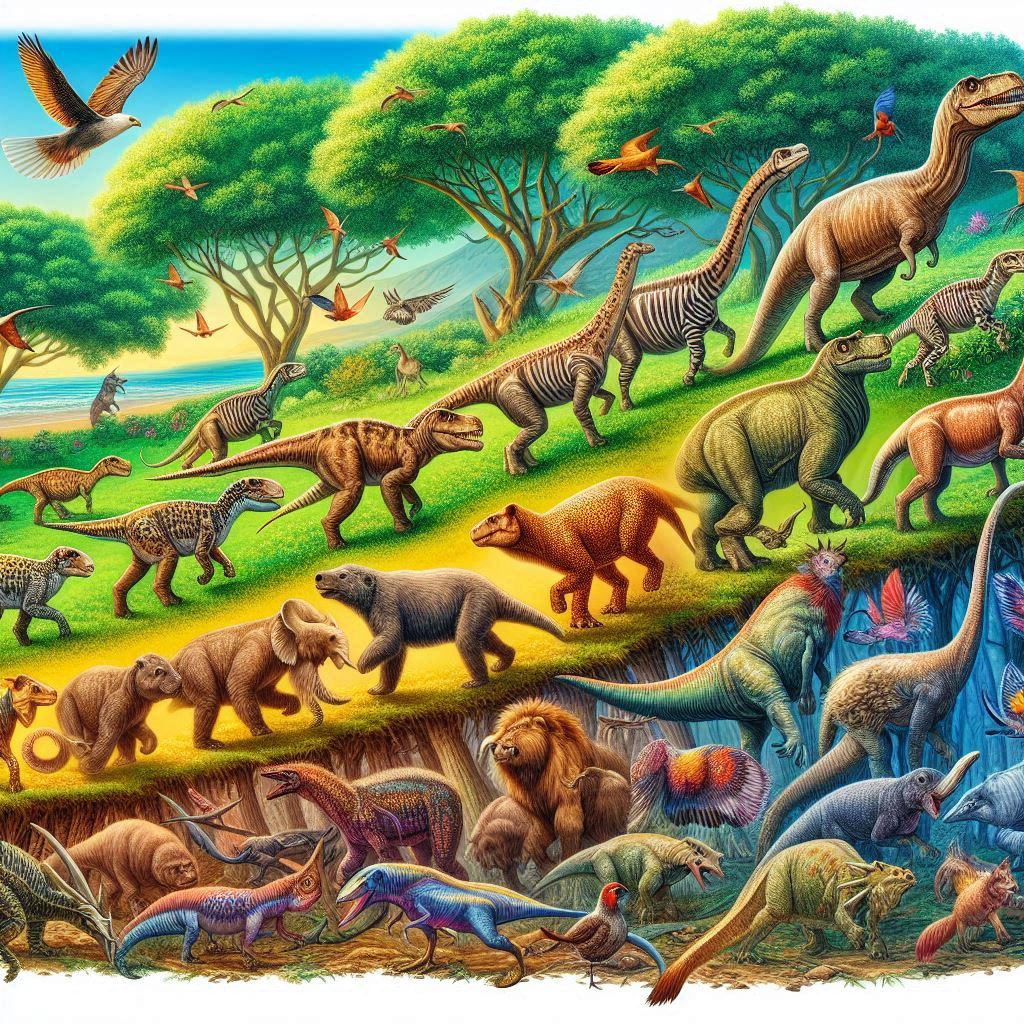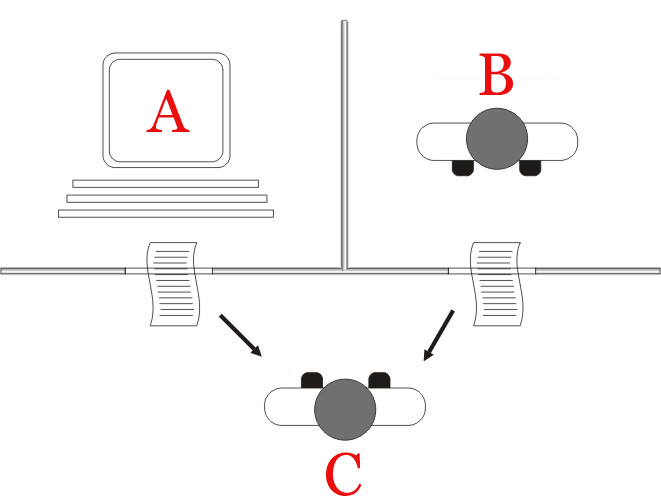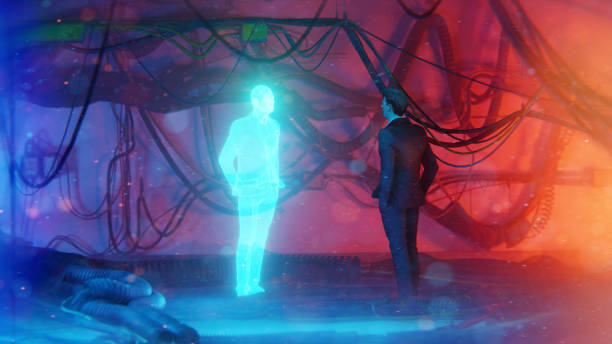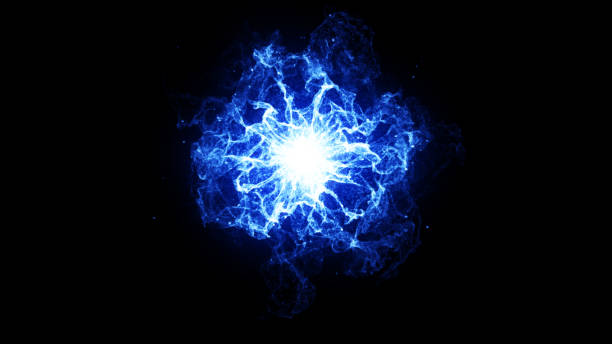In the middle of the 19th century, a quiet, observant Englishman named Charles Darwin released a book that forever changed how humanity sees itself. On the Origin of Species was not merely a volume of scientific hypotheses—it was a profound turning point in our understanding of life. It proposed a breathtaking idea: that all living beings are related, and that the diversity of life on Earth is the result of a gradual, natural process called evolution.
More than 160 years later, evolution remains one of the most powerful, unifying, and sometimes controversial ideas in science. It underpins modern biology, explains the relationships among species, sheds light on human origins, and helps scientists develop new vaccines, treat diseases, and understand the environment. But for all its importance, evolution is often misunderstood.
What is evolution really? How does it actually work—not in generalities, but in the intricate, fascinating mechanisms that shape life on Earth? In this deep dive, we will explore the truth of evolution—not as a belief, but as a robust scientific framework built on centuries of evidence. We will peel back the layers to see how evolution creates everything from peacocks to penguins, from bacteria to blue whales, from ancient microbes to the complex minds that now ponder their own origins.
The Foundations: Charles Darwin and Natural Selection
Evolution, in the simplest sense, means change over time. But Darwin’s great insight wasn’t just that species change. Many scientists before him had proposed that idea. What Darwin did was to uncover a mechanism—natural selection—that explains how species evolve without needing a designer.
Darwin observed that in nature, individuals in a population vary in their traits. Some birds have slightly longer beaks, some rabbits are faster, some bears have thicker fur. These differences can affect an individual’s chances of surviving and reproducing. Those with advantageous traits tend to have more offspring who inherit those same beneficial traits. Over generations, these traits become more common, and the population changes.
This process, known as descent with modification, is what we now call evolution by natural selection. It doesn’t require foresight, purpose, or design. It is a blind but incredibly powerful force that sculpts life through trial and error, over vast spans of time.
Genetics Enters the Picture: DNA, Mutation, and Variation
When Darwin published his work in 1859, he didn’t know how traits were passed from parents to offspring. That mystery would begin to unravel decades later, with the rediscovery of Gregor Mendel’s work on inheritance and the eventual discovery of DNA.
Today, we understand that DNA is the molecular blueprint for life. It’s composed of long sequences of nucleotides—adenine (A), cytosine (C), guanine (G), and thymine (T)—that code for proteins, the building blocks of cells and tissues. Every organism inherits DNA from its parents, and this DNA contains the instructions for traits.
But here’s where evolution comes into play: when DNA is copied, it sometimes gets mutated. These mutations can be as small as a single letter change or as large as the duplication or deletion of entire genes. Most mutations are neutral or harmful, but occasionally, one offers a survival advantage.
Mutations are the raw material of evolution. Without them, all offspring would be carbon copies of their parents. But because DNA is imperfectly replicated, nature has a source of variation—and that variation is what natural selection works on.
Moreover, the process of sexual reproduction shuffles DNA, recombining genes in new ways with every generation. This shuffling increases the diversity of traits in a population, ensuring that some individuals are better suited to survive environmental changes.
Natural Selection in Action: The Engine of Adaptation
Once genetic variation exists in a population, natural selection begins to shape it. Traits that improve an individual’s chances of survival and reproduction tend to become more common. Those that reduce fitness tend to disappear.
Consider a population of beetles. Suppose some are green and some are brown. If they live in a forest with brown tree bark, birds are more likely to spot and eat the green beetles. Over time, the brown beetles survive longer, reproduce more, and pass on their genes. After many generations, most beetles in that area are brown. This is evolution in action.
But natural selection does more than eliminate the weak. It fine-tunes traits over time, resulting in stunning adaptations. The wings of birds, the camouflage of chameleons, the complex behaviors of ants, and even human intelligence all arose through this cumulative process.
Adaptations don’t arise all at once. They are built gradually, from simple beginnings. The eye, for example, did not appear fully formed. It likely evolved from simple light-sensitive cells that gave an advantage to early organisms by allowing them to sense the direction of light. Over millions of years, these simple structures evolved into increasingly complex and capable visual systems.
More Than Natural Selection: Genetic Drift, Gene Flow, and Mutation
While natural selection is a key driver of evolution, it is not the only force at work. Evolution also includes genetic drift, gene flow, and mutation, each playing a unique role in shaping genetic diversity.
Genetic drift is a random process. It refers to changes in allele frequencies in a population due to chance events. This is especially important in small populations, where random events—like a storm wiping out half a colony—can drastically change the genetic makeup of the survivors, regardless of whether their traits were advantageous.
Gene flow occurs when individuals from one population migrate to another and interbreed, bringing new genetic material with them. This movement of genes between populations can introduce variation and prevent populations from becoming too genetically distinct.
Mutation, as mentioned earlier, introduces new genetic variation into populations. While most mutations are neutral or harmful, occasionally they confer a benefit, and natural selection can then amplify these changes.
Together, these forces interact in complex ways to drive the evolutionary process. They explain why some traits persist even if they aren’t obviously beneficial, and why evolution doesn’t always produce the “perfect” organism—just one that is good enough to survive and reproduce in a particular environment.
Speciation: The Birth of New Species
One of the most dramatic outcomes of evolution is speciation, the process by which one species splits into two. This can occur when populations become reproductively isolated—meaning they no longer interbreed and exchange genes. Isolation can happen in many ways: physical barriers like mountains or rivers, different mating behaviors, or changes in breeding times.
Once isolated, each population evolves independently. Over generations, they accumulate genetic differences. If the divergence is great enough, even if they come back into contact, they can no longer interbreed. At that point, they are considered separate species.
A classic example is Darwin’s finches in the Galápagos Islands. Isolated on different islands, the finches adapted to different food sources. Some developed large, strong beaks for cracking nuts. Others evolved slender beaks for picking insects. Over time, they diverged into multiple distinct species, each adapted to its own niche.
Speciation is not always a slow process. Sometimes, it happens rapidly in what’s called punctuated equilibrium, where long periods of stability are interrupted by bursts of rapid change. This might occur after environmental upheaval or when organisms colonize new habitats with little competition.
The Fossil Record: Echoes of Ancient Evolution
For much of the history of evolutionary thought, critics questioned the lack of transitional fossils—the “in-between” species showing how one form evolved into another. But as the fossil record has grown, these gaps have steadily filled.
Paleontology now reveals detailed evolutionary transitions: fish with proto-limbs evolving into amphibians; reptiles growing feathers and becoming birds; early apes walking upright and developing larger brains on the path to becoming human.
These fossils don’t appear in a linear, tidy line, but as a branching tree, with dead ends and side branches—just like evolution itself. Extinction is as much a part of evolution as adaptation. Most species that have ever lived are now gone. But each left behind clues, embedded in ancient rocks, that tell a story of transformation over time.
Human Evolution: Our Own Branch of the Tree
Perhaps the most profound application of evolutionary theory is to ourselves. Human evolution is not a separate story—it is part of the same grand process.
Genetic and fossil evidence show that humans share a common ancestor with chimpanzees, our closest living relatives, around six to seven million years ago. Since then, our lineage—Homo—has undergone profound changes.
We became bipedal, freeing our hands for tool use. Our brains expanded, enabling abstract thought, language, and culture. We migrated across continents, adapted to extreme environments, and built civilizations. But we did not appear all at once. Human evolution was gradual, shaped by natural selection, climate change, and cultural innovation.
Even today, humans continue to evolve. Our genes are shaped by diet, disease, and environment. The ability to digest milk into adulthood, for example, evolved independently in several human populations. Genes that offer resistance to malaria, like the sickle cell trait, are common in regions where malaria is endemic.
The Molecular Revolution: DNA and the Tree of Life
Modern genetics has transformed our understanding of evolution. By comparing DNA sequences, scientists can reconstruct evolutionary relationships with incredible precision. These molecular phylogenies have confirmed—and in some cases revised—the tree of life first sketched by Darwin.
DNA reveals hidden kinships. Whales, for instance, are more closely related to hippos than to any other animals. Birds are a type of dinosaur. Fungi are more closely related to animals than to plants. These insights would have been unimaginable a century ago.
Moreover, the molecular clock—a method for estimating how long two species have been evolving separately—allows scientists to date evolutionary events with increasing accuracy. Combined with fossils and geology, this creates a powerful toolkit for understanding life’s history.
Evolution and the Environment: Adapting to a Changing World
Evolution does not occur in a vacuum. It is deeply entwined with the environment. Climate change, habitat destruction, and human activity are now among the most powerful forces shaping the evolution of other species.
Bacteria evolve resistance to antibiotics. Insects develop resistance to pesticides. Animals change behaviors or migrate to cope with urbanization and pollution. These rapid changes are examples of evolution in real time.
At the same time, human-driven extinctions threaten to erase species before they can adapt. Conservation biology now uses evolutionary principles to manage endangered species and preserve genetic diversity. Understanding evolution is not just about explaining the past—it’s about shaping a sustainable future.
Conclusion: The Ever-Changing Tapestry of Life
Evolution is not a theory in the everyday sense of the word. It is a scientific fact, supported by mountains of evidence from fossils, genetics, anatomy, and observation. It is the process by which life diversifies, adapts, and endures. It is not a ladder, but a branching tree, with countless limbs and twigs, many lost, many thriving, all connected by the flow of time.
To understand evolution is to appreciate the profound unity of life. Every living thing—from the smallest bacterium to the tallest tree, from the simplest sponge to the most complex human—is part of an unbroken chain stretching back billions of years. Evolution is the story of life discovering itself, experimenting, surviving, and flourishing against all odds.
And it’s still happening. Evolution never stops. It’s happening in your body, in your gut, in your genes. It’s happening in the oceans, on mountaintops, in the deepest jungles and the concrete cracks of city sidewalks.
This is the real story of evolution: not a relic of the past, but a living, breathing force. A force that has shaped the world—and continues to shape our future.






